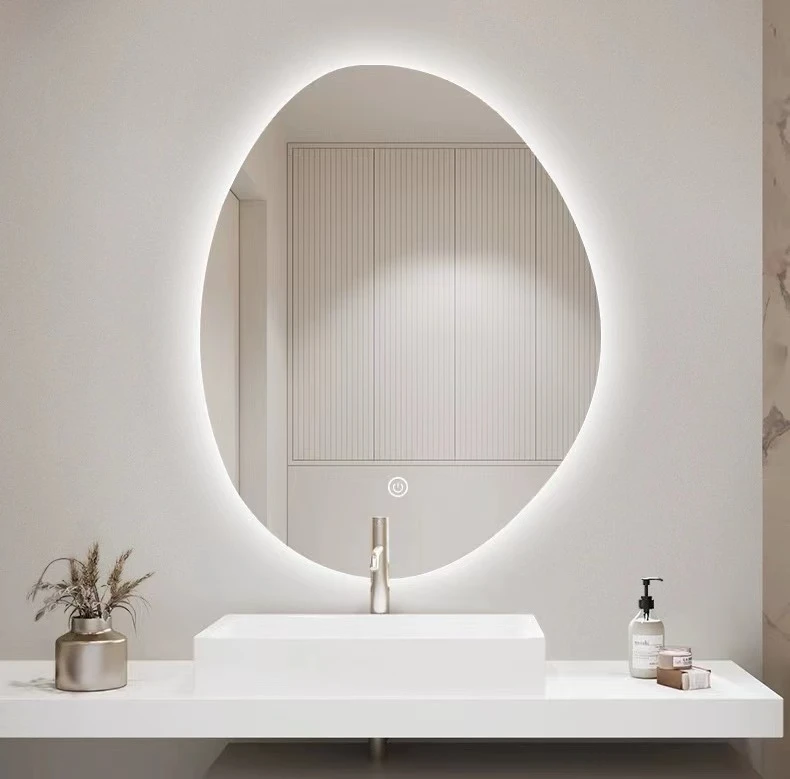

Exploring the World of Grey Float Glass
Grey float glass, a popular choice in modern architecture and design, is a type of flat glass that is widely recognized for its versatile applications and aesthetic appeal. This unique glass variant is manufactured through the float glass process, which involves melting raw materials to produce molten glass that is then floated on molten tin. This method results in a smooth, even surface and consistent thickness, making grey float glass an ideal solution for various uses.
The Manufacturing Process
The production of grey float glass begins with a meticulous selection of raw materials, primarily consisting of silica sand, soda ash, and limestone. These materials are then melted in a furnace at temperatures exceeding 1,600 degrees Celsius. The molten glass is carefully poured onto a bath of molten tin, where it spreads out and forms a perfect sheet. The unique property of the molten glass allowing it to float on tin results in a flawless surface on both sides. After cooling, the glass is cut and finished according to specifications.
What sets grey float glass apart from other types of float glass is the addition of coloring agents during the melting process. Typically, iron oxide and other compounds are introduced to achieve the distinctive grey tint. This coloration not only enhances the visual appeal of the glass but also provides additional benefits, such as reducing glare and improving energy efficiency in buildings.
Architectural Applications
Grey float glass is predominantly used in the construction industry, where its aesthetic qualities and functional properties make it a preferred choice for architects and designers. One of the primary applications is in facades and curtain walls, where the neutral grey tone complements various architectural styles and materials. The glass allows ample natural light to enter, while its tint helps mitigate heat gain and glare, contributing to energy-efficient building design.

In addition to exterior use, grey float glass is also utilized in interior design. It can be found in partitions, doors, and windows, adding an element of sophistication to residential and commercial spaces alike. The reflective quality of grey glass enhances ambient light, creating a bright and inviting atmosphere.
Safety and Sustainability
Another significant aspect of grey float glass is its safety and sustainability features. Modern manufacturing processes ensure that the glass is tempered or laminated for added strength and safety, making it suitable for various applications where durability is a concern. Tempered grey float glass is able to withstand thermal stress and impact, reducing the risk of breakage.
Moreover, the glass can contribute to sustainable building practices. It is fully recyclable and can be reused in new glass products, reducing waste and environmental impact. Incorporating grey float glass in buildings can also enhance energy efficiency, as its ability to reflect solar radiation helps regulate interior temperatures, which in turn reduces energy consumption.
Conclusion
In conclusion, grey float glass stands out as a remarkable material in the realms of architecture and design. Its unique manufacturing process, aesthetic versatility, and functional benefits make it an ideal choice for a variety of applications. As the demand for sustainable and energy-efficient building materials continues to rise, grey float glass is poised to play a significant role in shaping modern architectural practices.
With its elegant finish and practical qualities, grey float glass not only meets the needs of contemporary design but also aligns with the growing emphasis on sustainability and environmental responsibility. Whether used in sleek commercial buildings or stylish residential spaces, grey float glass remains a testament to the intersection of form, function, and environmental consciousness in today’s architectural landscape.